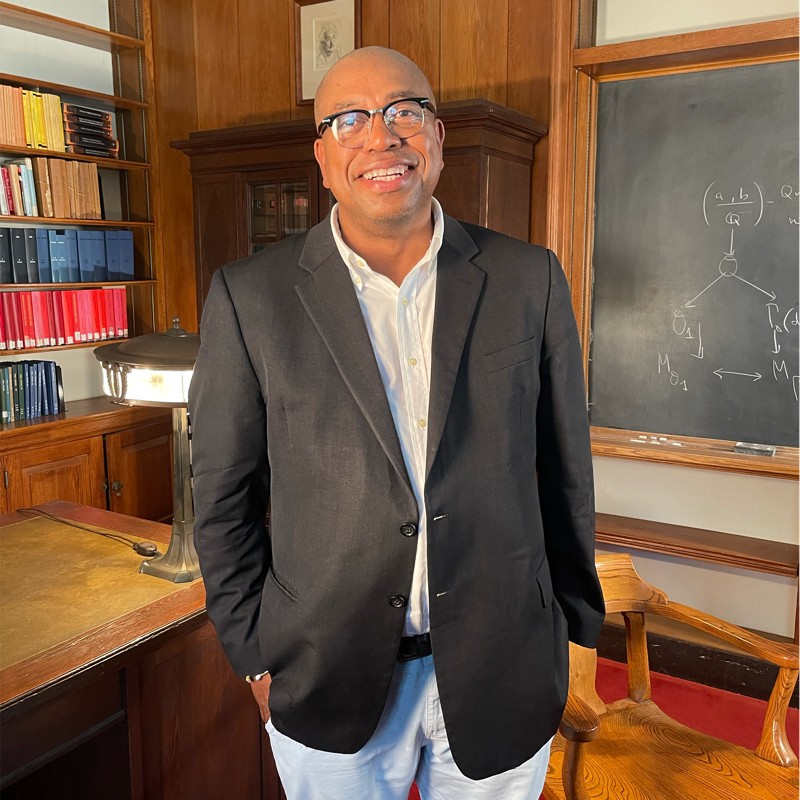


I work on promoting diversity in mathematics and the sciences. My research is focused on the pedagogical, content, soccio-economic, cultural and structural issues which inform the low rates of mathematics and science achievement amount students of color. My work aims to increase the participation of underrepresented minorities in mathematics and science from grade school to graduate school.
I focus on:
Here are three resources that inform my thinking on mathematics and mathematics education:
Please see some recent work, with John Belcher, on the the potential of the use of music to build intuitions about deep mathematical questions and on Using a Mathematics Cultural Resonance Approach for Building Capacity in the Mathematical Sciences for African American Communities.